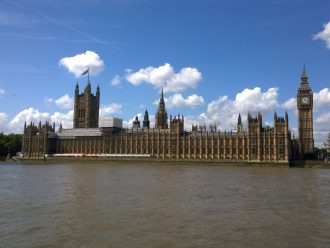The head of EMEA pensions at JP Morgan Asset Management has described schemes selling assets to pay member benefits while working to repair funding levels as like “trying to fill a bath with the plug out”.
Sorca Kelly-Scholte told portfolio institutional that each cash outflow pulls the funding level down while increasing the investment return needed to pay its obligations.
She said that many defined benefit (DB) schemes are stuck in a Catch-22 situation where under-funded schemes are tipping into negative cashflow but have to generate the returns needed to pay their members in a low yield market.
No matter how a fund is performing, how healthy its funding or returns are, retired members still need paying.
But 55% of retirement funds are not generating enough cash to do this, Mercer reported in June, up from 42% a year earlier. The situation is expected to deteriorate, with 85% of those currently cashflow positive expecting to generate insufficient cash for their needs by 2027.
Research from Spence Johnson shows that more than 80% of pension funds are selling assets to pay their members, which Kelly-Scholte labels as “not sustainable as a long-term strategy”.
Relying on income-generating assets to pay benefits works if the fund is “marginally” cashflow negative. It could be a bigger problem the deeper the fund is in the red. “When 3%, 4%, 5% of a scheme’s assets each year have to go out to service cashflow that is no longer an income strategy,” Kelly-Scholte said.
So funds cannot rely on a defensive strategy focused on gilts to repair their funding levels and pay their obligations in a low yield environment. In response some investment bosses are revising their strategies to include long-term real assets, such as property and infrastructure, that can provide a base level of cashflow.
Pension funds are exploring this cashflow driven investment space, Kelly-Scholte said, principally through ground leases and social housing bonds, although she points to concerns over capacity constraints.
For more on cashflow driven investment, read the June/July edition of portfolio institutional magazine.



